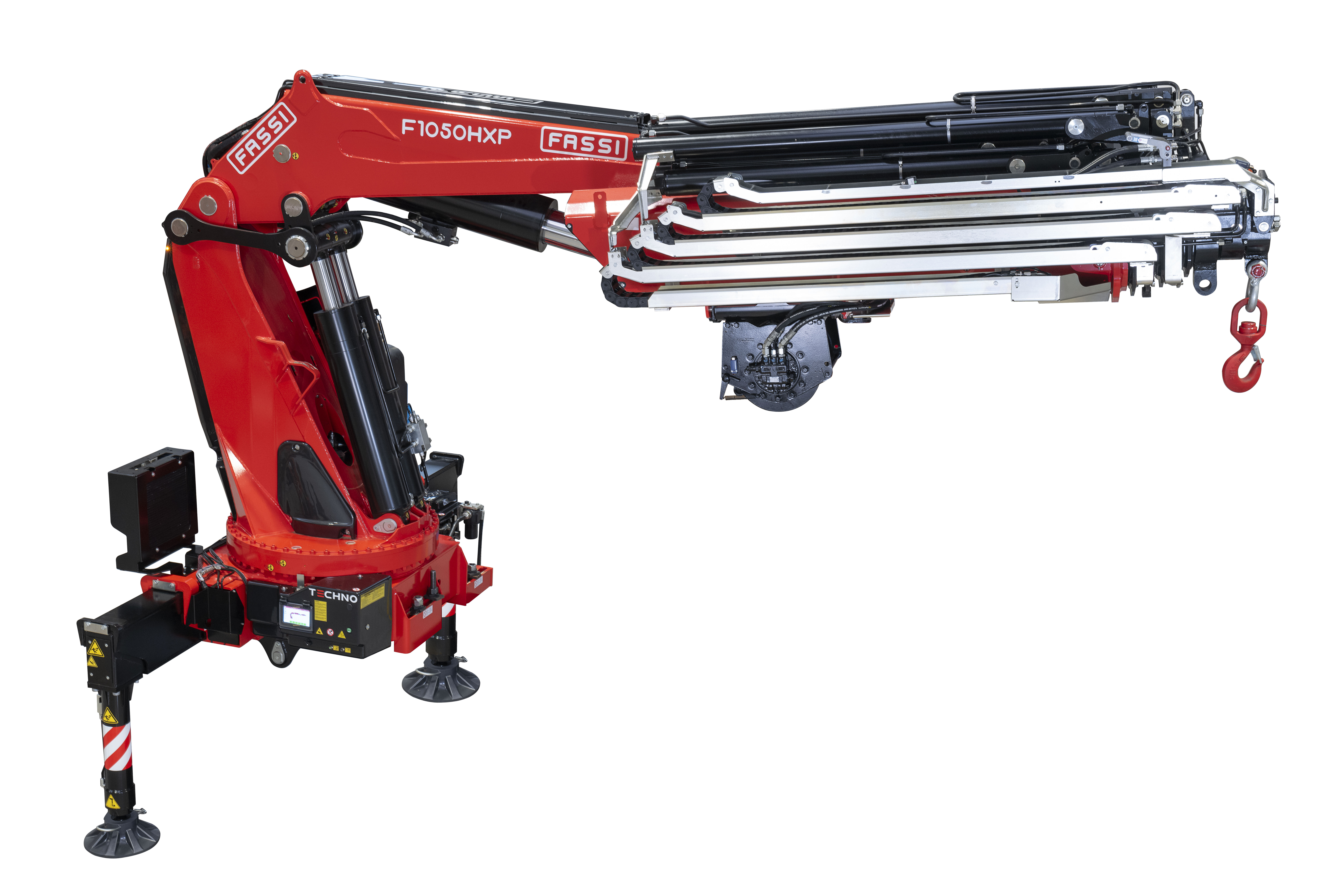TWO NEW FASSI CRANES FOR THE CONSTRUCTION SECTOR: THE F150A.2 AND THE F160A.2

With the introduction of two new crane models for the construction sector, the F150A.2 e-dynamic and the F160A.2 xe- dynamic, Fassi is focusing on the three strengths of versatility, efficiency and compactness. These models represent the culmination of a careful evolutionary process, following the success of their predecessors the F175A.1, the F185A.1 and the F195A.1. Both new cranes feature a high-end lifting class: HC1-HD4/S2 for the F150A.2 model and HC1-HD5/S2 for the F160A.2 model, making them extremely compact and ideal for optimising setups on vehicles of various sizes.
The new range is specifically designed for applications in the construction, quarrying and other sectors where large quantities of material need to be lifted and moved efficiently and precisely.
Technical features and setups
One of the main innovations of these models is the ergonomics and accessibility of the controls. The position of the distributors for controlling the stabilisers has been optimised, with the distributors now positioned above the levers of the standard distributor, one on the right side and the other on the left side, facilitating work at height. Furthermore, the design has been improved by the introduction of protective casings that not only provide greater protection to the systems and components, but also improve the aesthetics of the product.
Customisation options and accessories
The new Fassi models offer a wide range of customisations. They are available with different boom configurations (from two to five hydraulic extensions with manual extension) and versions with radio-controlled stabilisers, offering flexibility both in terms of configuration and operation in the field.
It is also possible to install a third raised control station, guaranteeing ergonomic and spacious access for the operator.
Sustainability and practicality
The F150A.2 and F160A.2 models are equipped with systems that facilitate their use and maintenance. For example, the hydraulic filter is now positioned externally for easier replacement, and the centralised greasing system facilitates regular maintenance.


